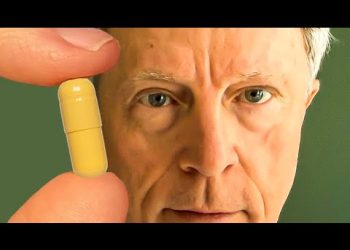Understanding Osteoarthritis of the Knee
Osteoarthritis is a common degenerative joint disease that affects millions of people worldwide. When it comes to the knee, this condition involves the wear and tear of the cartilage, the tissue that cushions and protects the ends of the bones. Over time, this damage can lead to pain, stiffness, and even changes in the shape of the knee. In severe cases, surgical intervention like knee replacement may be required.
The Anatomy of a Healthy Knee
A healthy knee joint consists of smooth cartilage that facilitates proper joint flexion and extension. This smooth action ensures that the bones in the knee do not rub against each other, reducing friction and preventing pain. The cartilage acts as a cushion, providing stability and support for the movement of the knee.
Progression of Osteoarthritis
Osteoarthritis develops over time as the cartilage deteriorates due to several factors, including age, injury, and the lack of essential nutrients. As the cartilage wears down, symptoms of osteoarthritis begin to appear, starting with mild discomfort and progressing to severe pain and inflammation. At advanced stages, osteophytes, or bone spurs, may form, leading to joint deformation and increased pain.
Importance of Weight Management
One of the primary tips for managing osteoarthritis is maintaining a healthy weight. Excess weight can put additional stress on the knee joints, exacerbating the wear and tear of the cartilage. By losing weight, individuals can significantly reduce the pressure on their knees, helping to alleviate symptoms and slow down the progression of osteoarthritis.
Using Castor Oil Packs
Castor oil packs are a natural remedy that can be applied to any joint affected by osteoarthritis. These packs have been shown to have healing properties, potentially reducing inflammation and soothing pain. Regular use of castor oil packs may contribute to improved joint function and relief from osteoarthritis symptoms.
Exercises for Strengthening the Knees
Engaging in specific exercises is crucial for strengthening the muscles around the knee joint. Using a slant board, individuals can perform squats that encourage knees to move past the toes, contrary to previous exercise advice. New research suggests that this movement, when done correctly, can enhance knee stability and strength, thereby supporting the muscles and aiding in the prevention of further osteoarthritis damage.
Benefits of One-Legged Squats
In addition to regular squats, practicing one-legged squats can further improve knee strength. This exercise requires balance and proper form, so it is recommended to use a support such as a chair or wall for stability. One-legged squats target specific muscle groups, providing comprehensive support for the knee joints, thus mitigating the risk of osteoarthritis progression.
Joint-Supporting Supplements
Incorporating joint-supporting supplements into the diet can be beneficial for individuals with knee osteoarthritis. Supplements such as MSM, boswellia, and frankincense have been shown to support cartilage health and reduce inflammation. These natural supplements work by enhancing collagen production and protecting the joints from further damage.
The Role of Collagen in Joint Health
Collagen is a vital component in maintaining the integrity of knee cartilage. As the body ages, collagen production decreases, leading to weakened cartilage. By taking collagen-rich supplements, individuals can help maintain their joint health, potentially slowing down the degenerative process of osteoarthritis and reducing associated symptoms.
Exploring Natural Treatment Options
While conventional treatments for osteoarthritis focus on managing symptoms, exploring natural treatment options can offer a complementary approach. By adopting lifestyle changes such as diet adjustments, regular exercise, and natural supplements, individuals can manage their condition more effectively. Engaging in these practices not only supports joint health but also promotes overall wellbeing.











